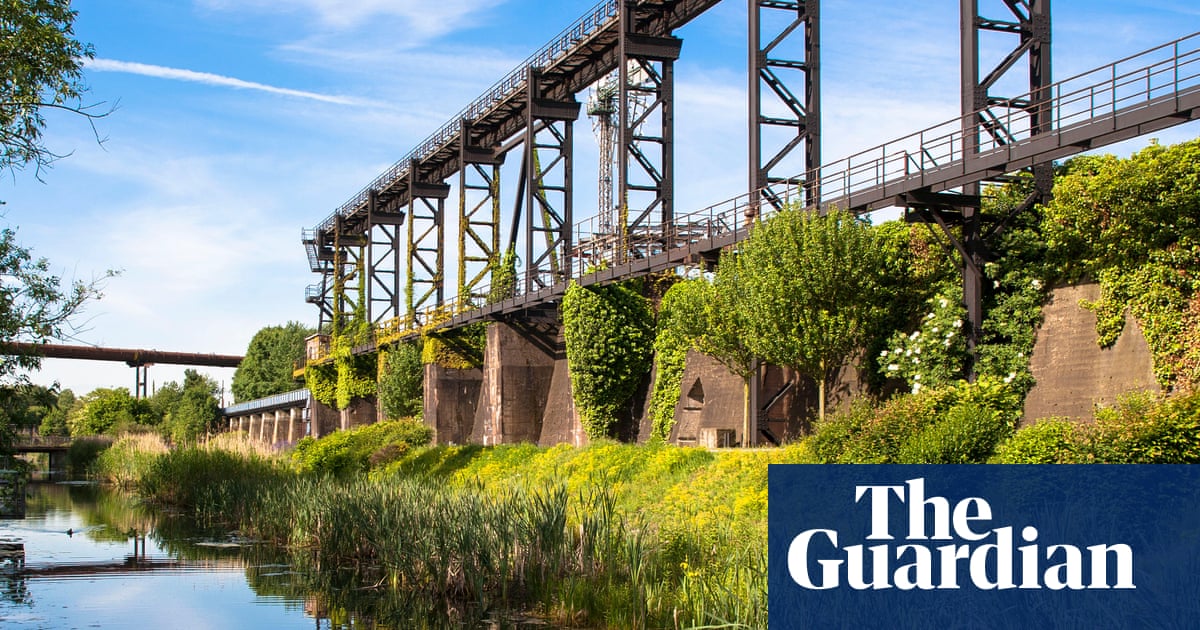The planning of main rail routes through the Alps was shaped by national ambition and rivalries. The opening of Austria’s Semmering railway in 1854, the Mont Cenis route (also known as Fréjus) between France and Italy in 1871 and Switzerland’s Gotthard tunnel in 1882 defined the broad contours of Alpine railway geography in the late 19th century. But Habsburg planners were keen to secure better links with Adriatic ports, so in 1901 they sketched out a bold plan for the Neue Alpenbahnen (new Alpine railways), of which Austria’s Tauern railway was the most important. It opened in 1909. When it closed for rebuilding in November 2024, it was a sharp reminder of how much passengers and freight rely on a handful of key Alpine rail routes. Lose one key Alpine link and the effects of that closure are felt across Europe.
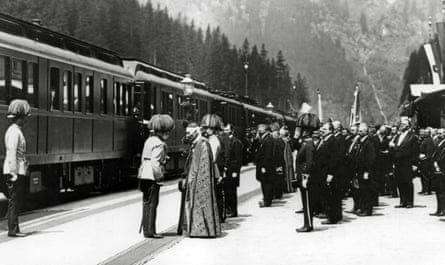
The last couple of years have been tough for Alpine rail operators. Landslides, floods and derailment have played havoc on the lines. So three cheers for the more recent good news stories. The important Mont Cenis route reopened this spring, having been shut after a landslide in August 2023 (though there was a wobble last week when another landslide briefly interrupted services). That closure necessitated the cancellation of all high-speed trains between France and Italy. These links have now been restored, allowing travellers this summer to speed from Paris to Turin in just 5hrs 40mins, or from Lyon to Milan in under five hours.
New services on classic railways
Other major Alpine routes welcomed new long-distance trains this summer. On the Brenner route from Austria into Italy, a new seasonal Railjet service now runs from Munich right through to the Adriatic port of Ancona. Since late June, the famous Semmering railway has seen new direct trains from Warsaw to Rijeka which slip by dead of night through the Austrian Alps – 20 hours from the Polish capital to the Croatian coast. Last month also saw the celebrated Gotthard route hosting a new daytime train from Zürich to Pisa, an eight-hour journey that takes in not merely the Alps but also some glorious Ligurian coastal scenery along the way.
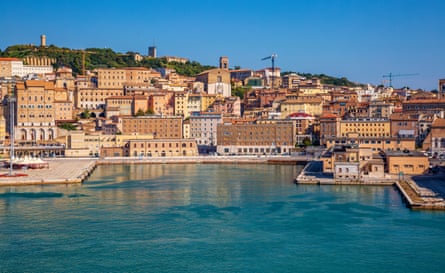
But the best is yet to come. The Tauern railway will reopen on 14 July. The return of this major rail axis through the Austrian Alps has had a transformative effect on European rail timetables, as many key trans-Alpine train services are restored. Overnight services from Stuttgart and Salzburg to Venice, suspended since last year with the Tauern closure, return from 14 July. So does the Nightjet from Munich to Rome.
It is remarkable how the loss of one key rail link can reshape European geography. During the Tauern closure, journeys from Switzerland and southern Germany to Slovenia have been slower. Within Austria, Salzburg and Carinthia will be happily reconnected with the reopening of the railway. Trains will again glide from Salzburg to the lovely Carinthian city of Villach in just 2hrs 32mins, from where there are good onward connections to Slovenia and Italy.
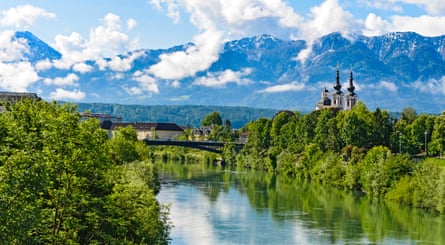
The Tauern railway is an old-style main line carrying a mixture of freight and passenger services. It was never designed for high speed and the scenery is too good to rush. So the fact that even the fastest trains average under 50mph is a blessing.
Salzburg to Villach
The debut southbound passenger train through the restored Tauern tunnel is an Intercity scheduled to leave Salzburg at 06.12 on 14 July. And here’s hoping for good (but not too hot) weather on that Monday, as the Tauern railway is at its best on a sunny summer morning. The railway cuts up the Salzach valley from Salzburg, the scenery initially revealing little of the drama that lies ahead. It is only beyond Schwarzach that the hills close in and the railway presses south, with the great wall of the Tauern Alps ahead. The last stop before the Tauern tunnel is Bad Gastein, a remarkable Habsburg-era spa town with belle epoque charm. It is a great spot to break the journey and enjoy the mountain air, or the town’s radon-rich spa tradition.
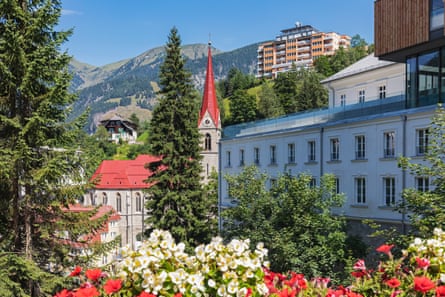
Continuing beyond Bad Gastein, the railway plunges into the Tauern tunnel. This is one of the shortest of the great Alpine rail tunnels and there is just seven minutes of darkness before the train emerges into Carinthian sunshine, with the landscape now hinting at a more southern demeanour. I love this stretch, as the railway drops down towards the Möll valley, following the latter down towards the River Drau, which is crossed just after stopping at Spittal. After bridging the Drau, sit on the right for great views of the river, as the railway parallels it downstream to Villach.
Here the Drau is just in its infancy; but further down its long course it becomes the Drava and flows east to join the Danube, on the border between Croatia and Serbia. It is a river which has shaped European history, just as the Tauern railway has shaped travel patterns through the Alps.
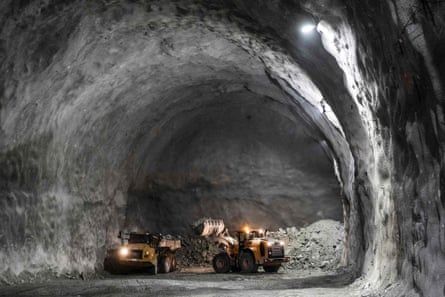
Björn Bender, CEO of Rail Europe, captures the huge sense of relief across the wider European rail industry when he says: “The Tauern tunnel reopening is so important, as it’s a key route for trains from Bavaria to Slovenia. It is also used by travellers heading through the Alps to north-east Italy. The Austrian province of Carinthia becomes so much more accessible again. And the Tauern reopening on 14 July is just the prelude of more good things to come. In December the new Koralm tunnel opens, cutting journey times between Vienna and Klagenfurt, the provincial capital of Carinthia.”
Tickets from Salzburg to Villach via the Tauern railway cost from £9 one way (increasing to £13.50 or £18 once £9 tickets are sold out) from Rail Europe. This is a discounted Sparschiene ticket, which needs to be booked in advance.
Nicky Gardner is co-author of Europe by Rail: The Definitive Guide (18th edition, Hidden Europe, £20.99) available from the Guardian Bookshop

 9 hours ago
4
9 hours ago
4













